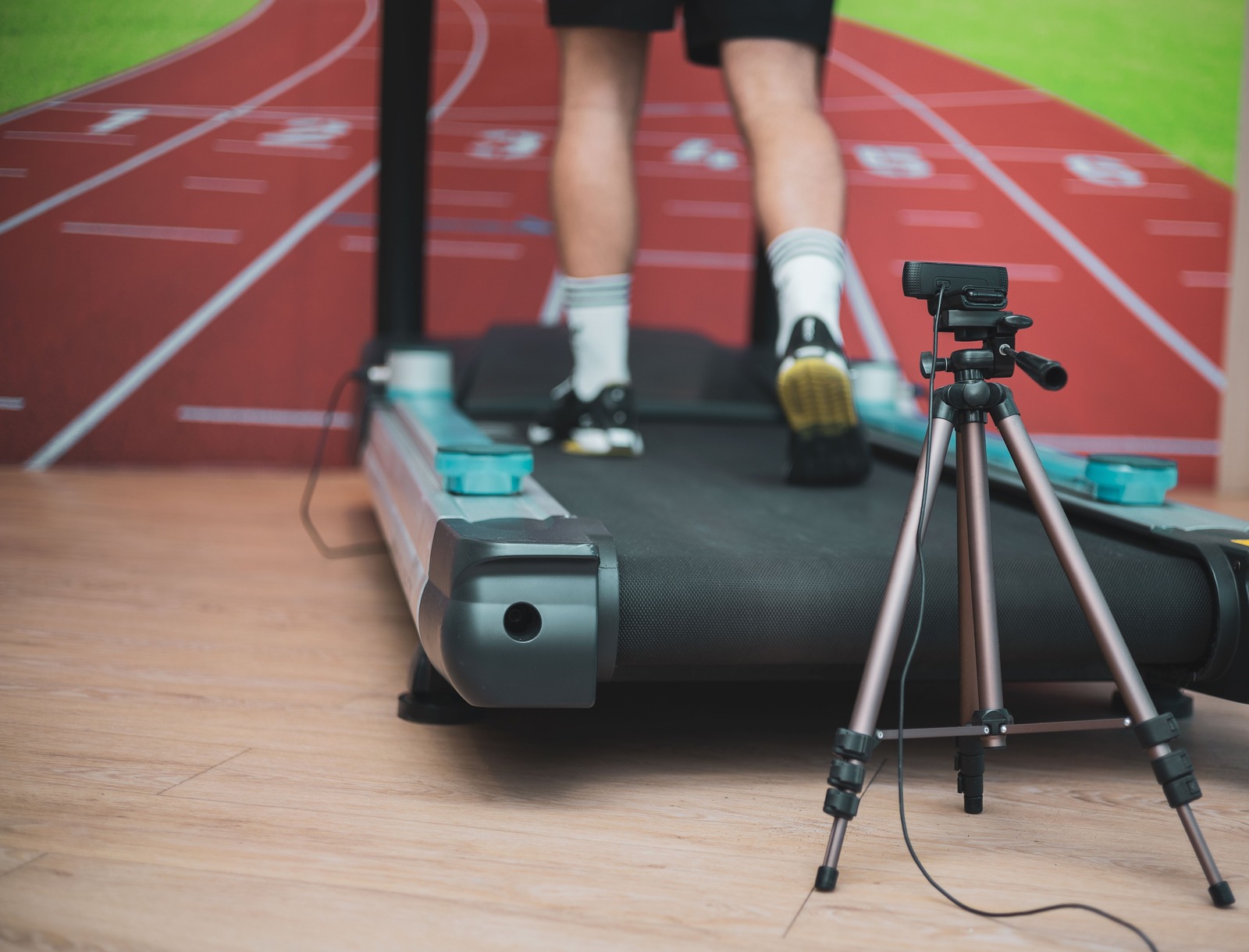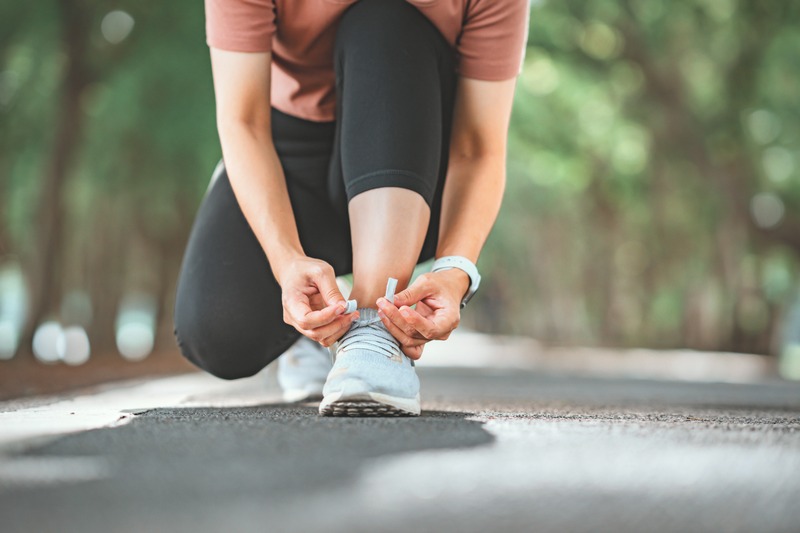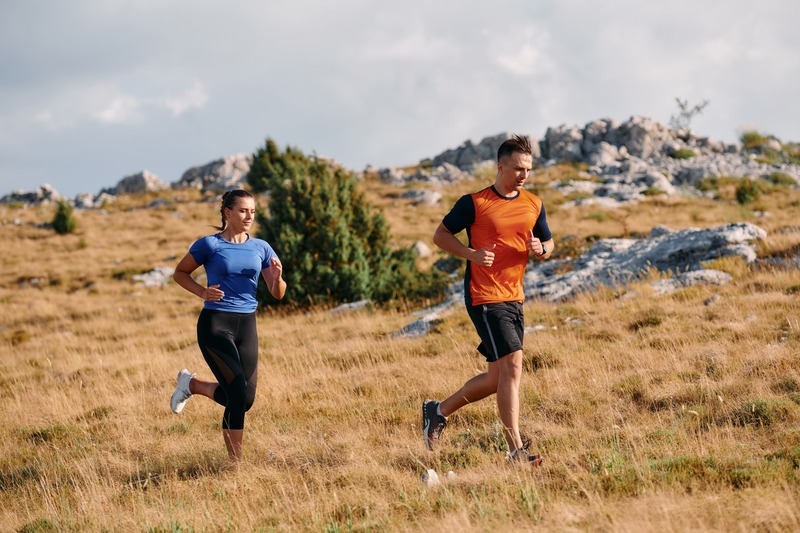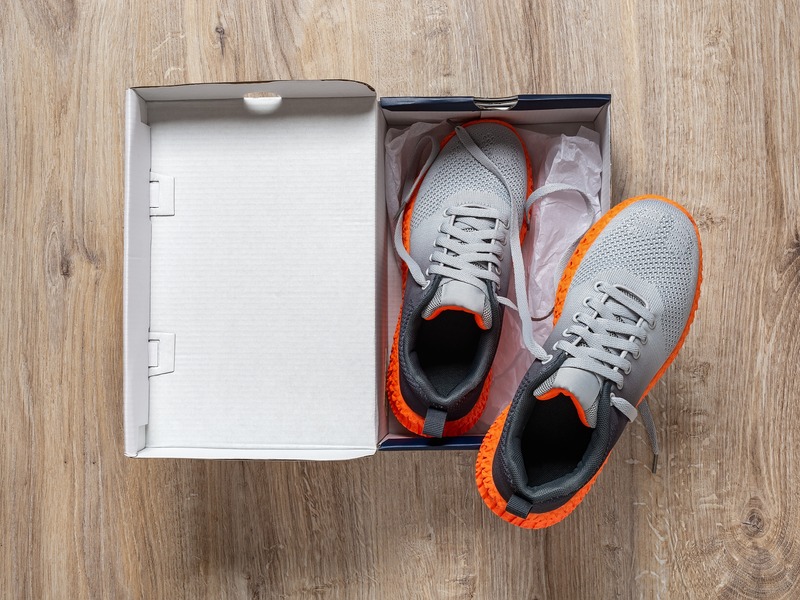DIY Gait Analysis: Analyze Your Running Form at Home
June 26, 2024

When you buy through links on our site, we may earn an affiliate commission.
You've probably heard it before: gait analysis. Those two words seem to echo around every corner of the running world if you're new to it. But it's for good reason. Understanding your unique running form is crucial to avoiding injury and getting the most out of your runs.
But let's be honest, sometimes a trip to the running store for a free gait analysis often comes with the pressure of a hard sell – and maybe those shiny new shoes are a little more than you'd like to pay knowing how much cheaper they are online.
The good news is you can analyze your running form and find the right running shoes for you without having to buy expensive equipment or even leave your home. Performing a DIY gait analysis empowers you to analyze your stride on your own terms, using tools you already have at your fingertips.
So, let's walk you through the process to ensure you enjoy mile after mile of injury-free running.
Getting Set Up for Your DIY Gait Analysis
The hardest part is probably getting everything set up, but the good news is that it shouldn't take you long or require investment in expensive equipment.
Choose the Right Location
Half the battle is choosing the right place to perform some sample running for you to analyze. There's no right or wrong answer, but some basic principles should help you get the most out of it.
Start with an area with plenty of natural light. Ideally, you want to run on a flat, even surface for optimal analysis. A running track is a great option if you can access one, but if not, a straight, flat sidewalk or path should suffice. Of course, just like in running stores, a treadmill is another excellent choice if you have one.
Setting up the Camera
For the purposes of recording, most smartphones will suffice. The main issue is putting your phone on a completely stable surface that won't move while you run. A tripod is the ideal solution, but feel free to improvise if you don't have one to hand.
The most important thing is to position the camera directly behind you and have it level (and focused on) your lower legs and feet. If your camera is positioned higher than your legs, spotting any more nuanced inward or outward movement will be more difficult.
You can also film yourself from side on just to give yourself a more complete view of your gait cycle and potentially spot any other quirks you have in your running form.
What to Wear
Ideally, you should wear form-fitting clothing and have your legs exposed to easier spot inward rolling motion. Running T-shirts and shorts are the ideal combination. Leggings (particularly darker-colored ones) make it a little harder to analyze your gait, but they can suffice if it's winter and shorts aren't a realistic choice.
Regarding footwear, you should just run in your regular running shoes. You want to use standard shoes because other more specialist running shoes, like racing flats, subtly force you to change foot strike patterns and stride length. The goal is to capture your most natural running form possible.
Recording Yourself for Gait Analysis
When it comes to actually recording your run, there are a few things to bear in mind.
Firstly, while it might seem obvious, don't forget to warm up. You don't want to record yourself running those first few loosening strides, where you're likely to run slower and heel strike as you get your body up to speed and into its natural running form. So get warm, get loose, and then hit the record button.
Next, record for at least 30 seconds at a time to ensure you capture multiple gait cycles and eliminate any erroneous strides or changes in running form. Also, take some at normal speed and some in “slow-mo” mode. It will be helpful to slow things down and watch closely for inward movement, but that real-time footage will help bring some perspective (any inward or outward movement never looks as severe in real-time).
Lastly, make sure you run at an average easy run pace. There's no point recording yourself sprinting and up on the balls of your feet. Just run at a regular, steady pace. Once you've done all this, it's time to review the footage and start the analysis in earnest.
Analyzing the Footage
Now, it's time to review the footage and learn more about how you run. What you're essentially looking for is your level of pronation, as it will significantly influence the specific type of running shoe you should buy.
If you're new to the term pronation, it refers to your foot's natural inward rolling motion as it strikes the ground and absorbs impact. Think of it as your foot's built-in shock absorption system. However, like any good system, there's a sweet spot.
Let's break down the different types of pronation:
- Overpronation: If you see your foot rolling excessively inward, almost collapsing towards the arch, you're likely an overpronator. This common issue can stem from factors like flat feet, weak arch muscles, or even tight calf muscles. Over time, overpronation can increase your risk of developing plantar fasciitis, shin splints, or runner's knee.
- Underpronation (Supination): On the flip side, if your foot seems stiff and rolls outward upon landing, you might be an underpronator. This means your foot isn't absorbing shock as effectively, potentially putting extra stress on your ankles, knees, and IT bands. Causes of underpronation can include high arches, rigid foot structures, and weak peroneal muscles (those on the outer part of your lower leg).
- Neutral Pronation: Often framed as the holy grail of running gaits, neutral pronation is the Goldilocks of foot motion – just the right amount of inward roll for efficient shock absorption and a smooth transition through your stride. If you're lucky enough to have neutral pronation, you'll likely experience fewer injuries and enjoy a much wider selection of running shoes to choose from.
Spotting Pronation in Your Gait Analysis Footage
Now you know what you are looking for, it's time to review the footage through the lens of pronation.
Look closely at your ankle's movement as your foot lands. Does it collapse inward significantly (overpronation)? Does it stay relatively straight and stable (neutral)? Or does it seem to roll outward, keeping the arch high (underpronation)?
It should be pretty straightforward to spot if you overpronate or underpronate. If you're looking and not seeing anything significant in either direction, you're probably primarily neutral in your gait.
Matching Your Running Shoes to Your Pronation
Once you've analyzed your pronation, you can use this valuable information to make smarter choices about your running shoes. Remember, the right running shoes can make all the difference in supporting your unique gait and preventing injuries.
- Overpronation: If you're an overpronator, look for stability shoes or motion control shoes. These shoes typically feature firmer midsoles and medial posts – a denser material on the inner side of the midsole – to help control the inward roll and provide extra support for your arches.
- Underpronation (Supination): Underpronators often benefit from cushioned shoes or neutral shoes. These shoes prioritize cushioning and flexibility to encourage a more natural inward roll and compensate for the lack of shock absorption. Look for shoes with ample cushioning in the heel and forefoot.
- Neutral Pronation: If you're a runner with neutral pronation, the good news is you have a more comprehensive range of options since your feet don't require as much specialized support. Neutral cushioned shoes offer a good balance of cushioning and flexibility, allowing for a natural stride without excessive control.
A Word of Caution
While these guidelines provide a good starting point, it's essential to remember that shoe selection is highly individual. Factors like foot arch types, body weight, and running experience also play a role. Without the help of a professional in a running shop, there may well be some trial and error before you find the perfect shoes for you.
Run Smarter with Your DIY Gait Analysis
There you have it! You've officially taken your running journey into your own hands. By understanding the basics of gait analysis and observing your own running form, you should have hopefully gained valuable insights into choosing running shoes that better support your individual needs and potentially help prevent future injuries.
Of course, a DIY gait analysis isn't a perfect replacement for a professional assessment. If you have persistent pain or concerns about your running form, it's always wise to consult a physical therapist or running specialist. However, for many runners, this simple self-assessment will be enough to pick the right running shoes.
Now that you have a better idea of what your feet need, why not find the perfect shoes without breaking the bank? RunningShoeDeals.com was created to scour the web for the best deals and discounts on running shoes from all the top brands, so you don't have to. So check out the latest deals on men's running shoes and women's running shoes and put your newfound gait analysis knowledge to good use!


